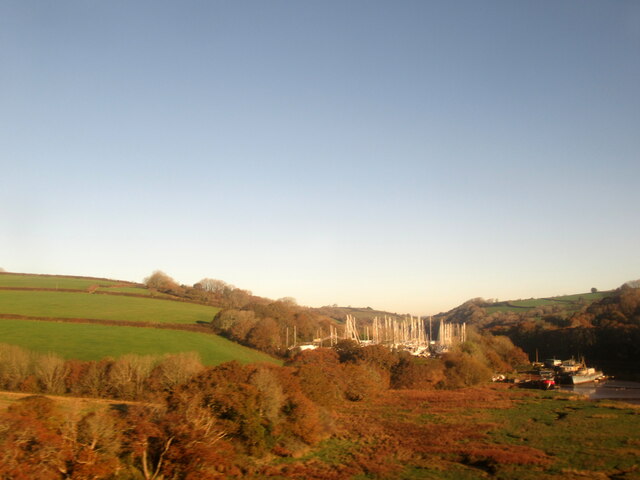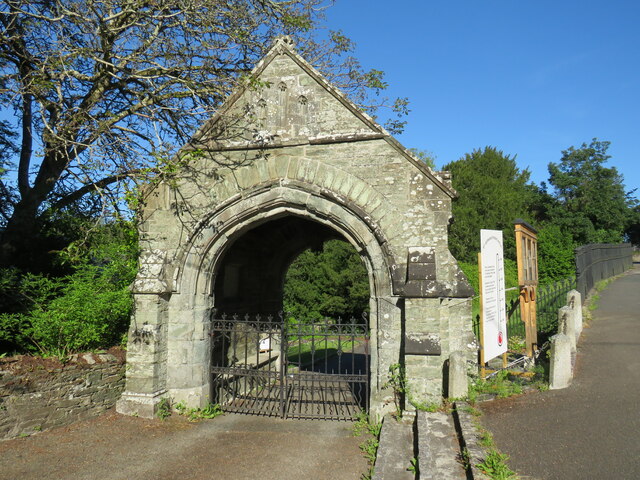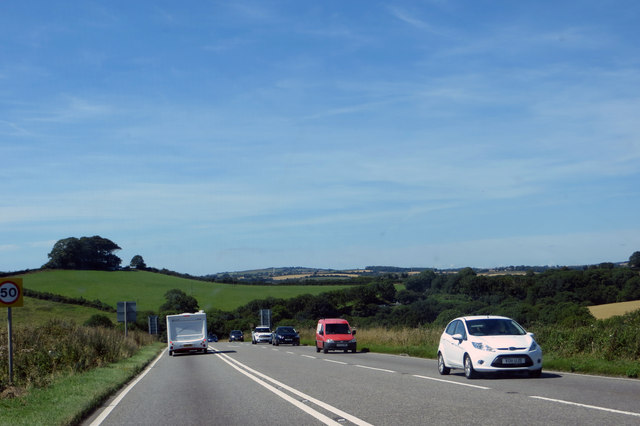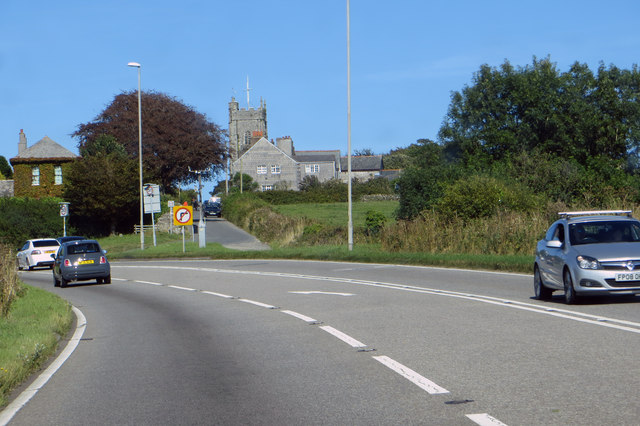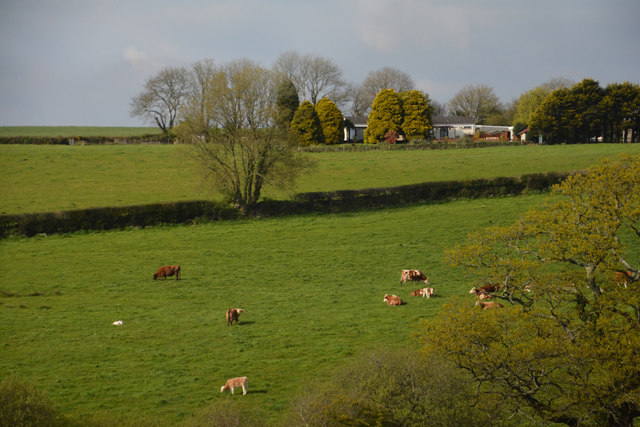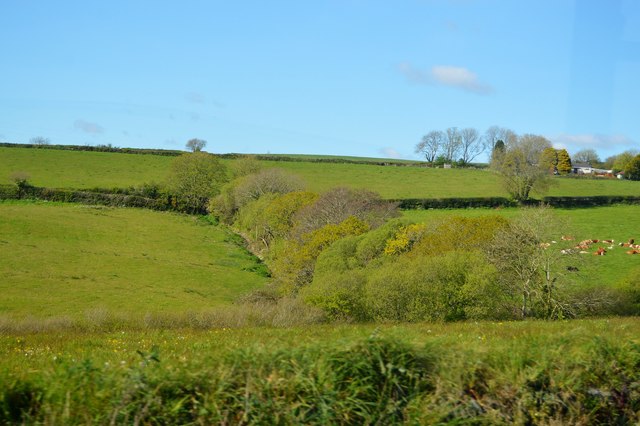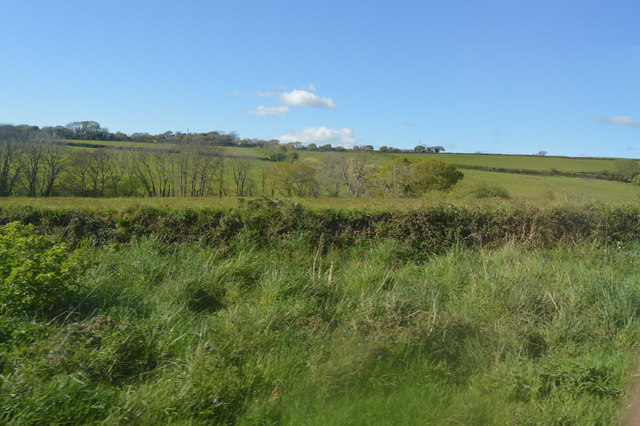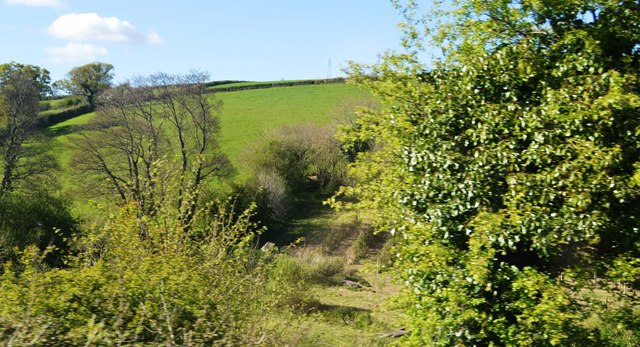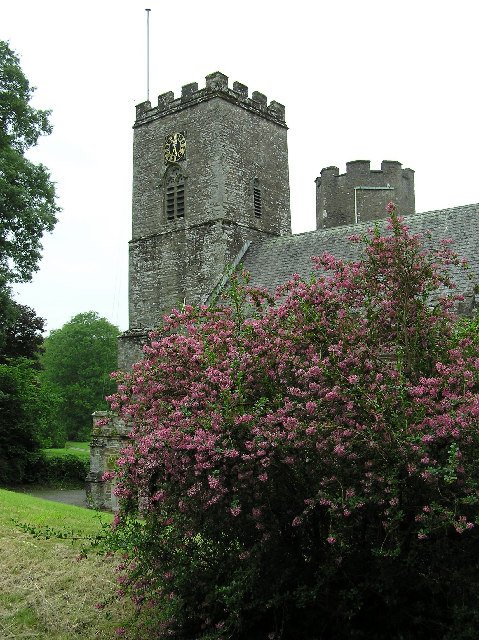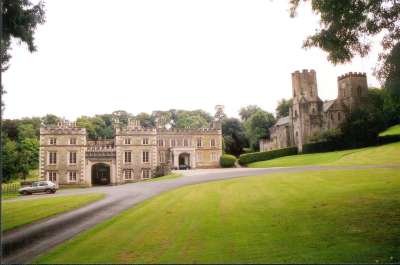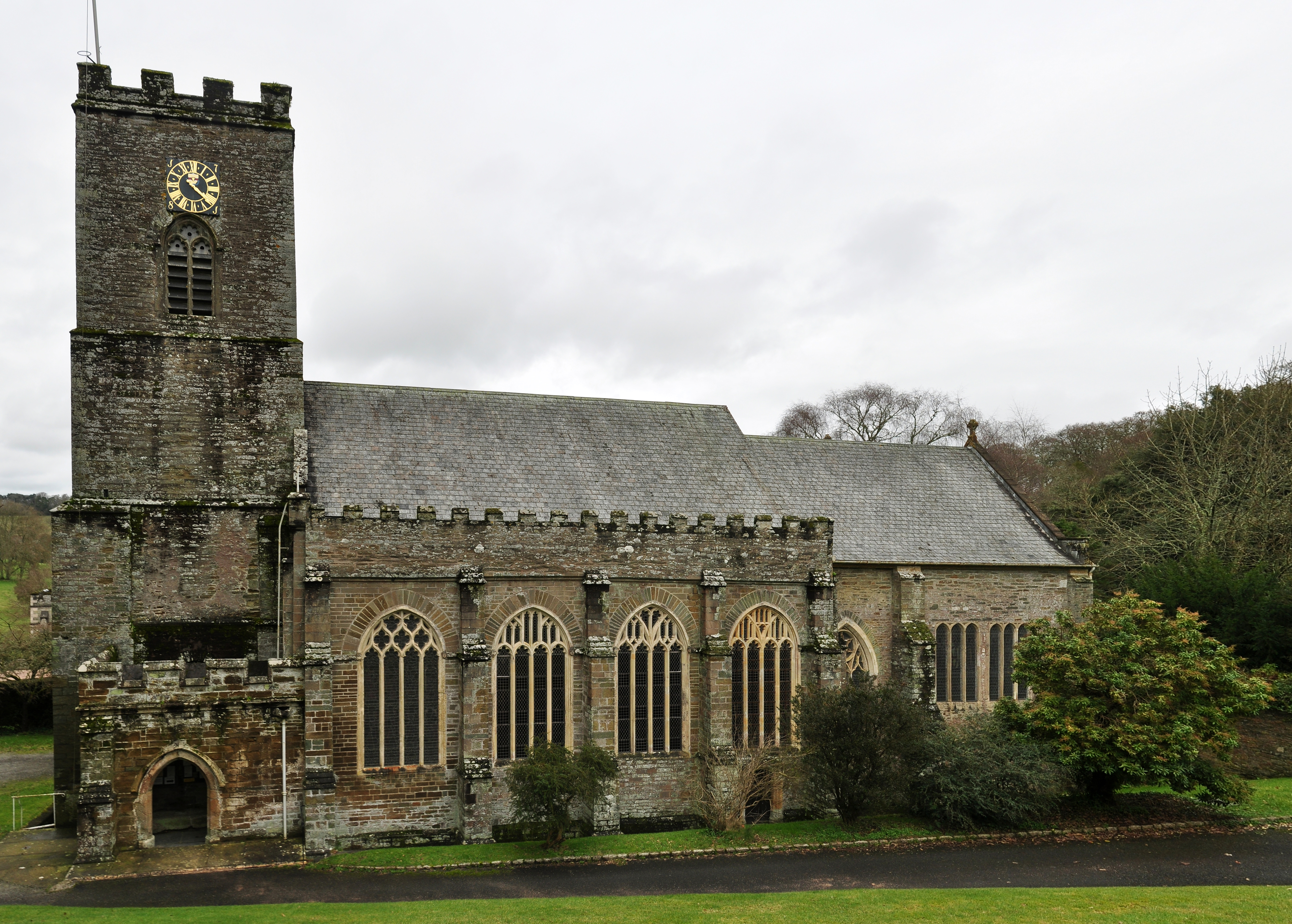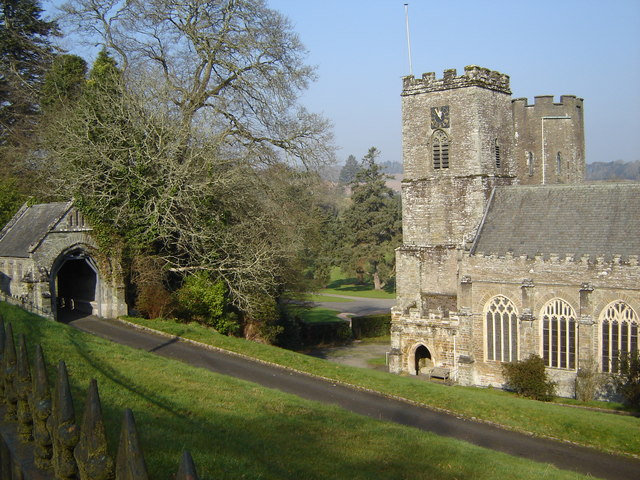Markwell
Settlement in Cornwall
England
Markwell
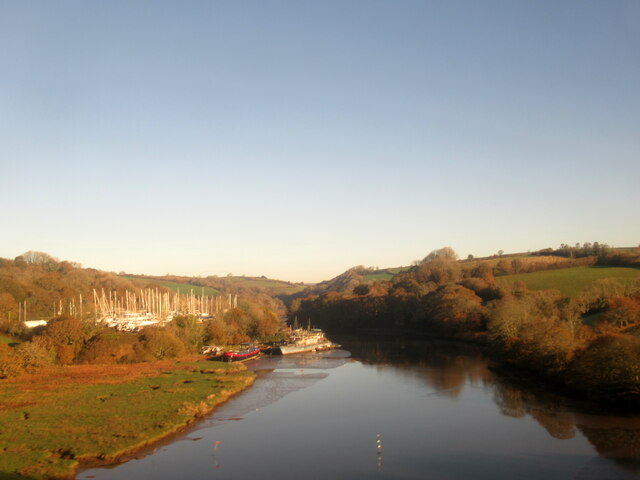
Markwell is a small picturesque village located in the county of Cornwall, England. Situated near the coast, it offers stunning views of the Atlantic Ocean and the rugged cliffs that line the shoreline. The village is surrounded by rolling green fields and is known for its tranquil and idyllic setting.
Markwell is a close-knit community with a population of around 500 residents. The village is characterized by its charming cottages, many of which date back several centuries, giving it a unique historic charm. The village center is centered around a quaint village square, where a local farmer's market is held every Saturday, offering a variety of fresh produce and locally made goods.
The village also boasts a number of amenities for its residents and visitors. These include a small but well-stocked grocery store, a traditional pub serving local ales and hearty pub food, and a primary school. The local community center hosts various events and activities, fostering a strong sense of community spirit.
Nature lovers will find plenty to explore in Markwell and its vicinity. The nearby coastal path offers breathtaking views and is a popular destination for hiking enthusiasts. The village is also a short drive away from several beautiful sandy beaches, perfect for a day out with family and friends.
In conclusion, Markwell is a charming and peaceful village in Cornwall, offering a serene coastal setting, a close-knit community, and easy access to nature's beauty. It is a place that embodies the quintessential charm and tranquility of rural Cornwall.
If you have any feedback on the listing, please let us know in the comments section below.
Markwell Images
Images are sourced within 2km of 50.402978/-4.2957393 or Grid Reference SX3658. Thanks to Geograph Open Source API. All images are credited.
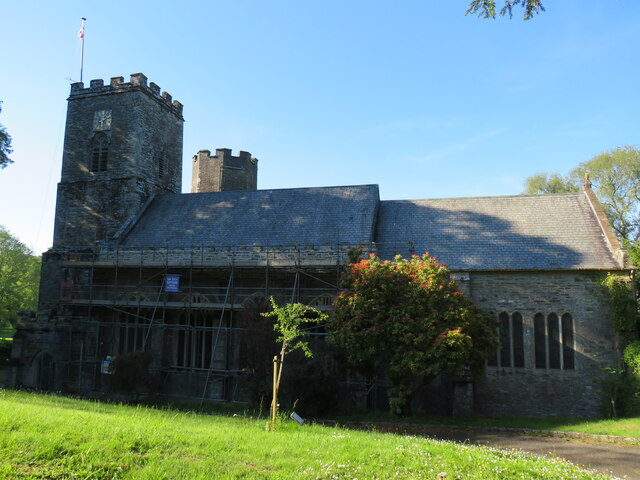
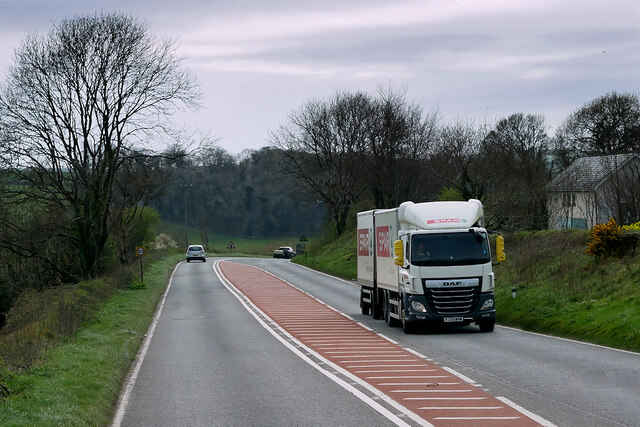
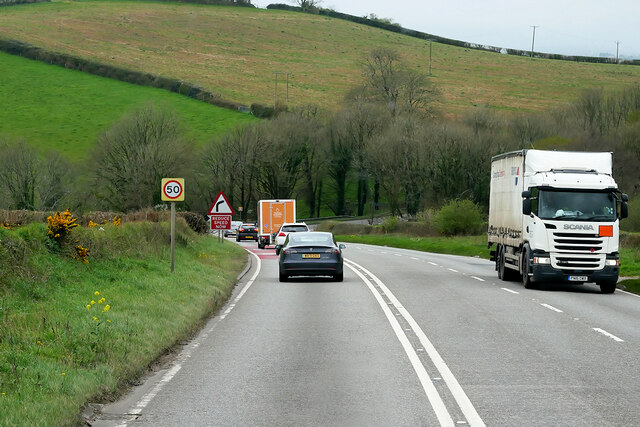
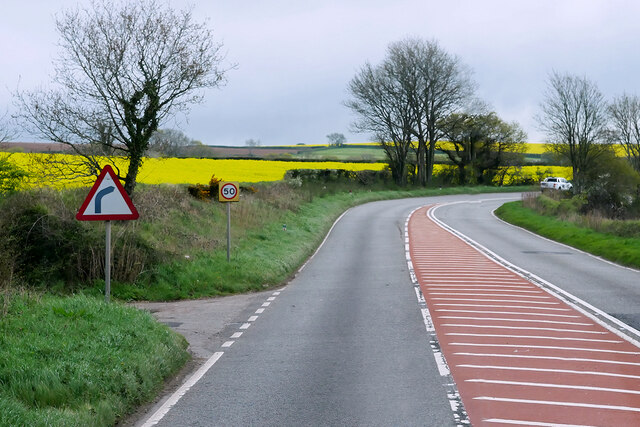
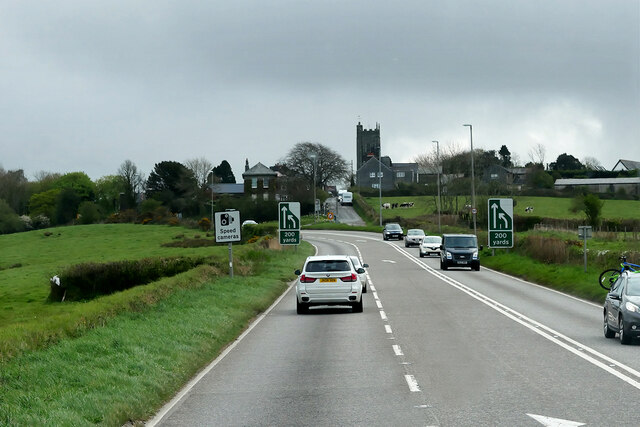
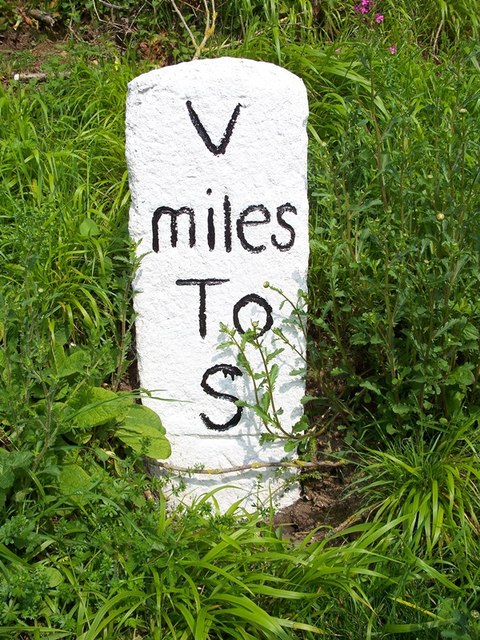

Markwell is located at Grid Ref: SX3658 (Lat: 50.402978, Lng: -4.2957393)
Unitary Authority: Cornwall
Police Authority: Devon and Cornwall
What 3 Words
///exhaling.duplicity.crackles. Near Landrake, Cornwall
Nearby Locations
Related Wikis
St Erney
St Erney is a hamlet with a Church of England church in Cornwall, England, United Kingdom. == See also == Landrake with St Erney == External links == St...
Port Eliot
Port Eliot in the parish of St Germans, Cornwall, England, United Kingdom, is the ancestral seat of the Eliot family, whose present head is Albert Eliot...
St German's Priory
St Germans Priory is a large Norman church in the village of St Germans in south-east Cornwall, England, UK. == History == According to a credible tradition...
St Germans, Cornwall
St Germans (Cornish: Lannaled) is a village and civil parish in east Cornwall, England, United Kingdom. It stands on the River Tiddy, just upstream of...
Nearby Amenities
Located within 500m of 50.402978,-4.2957393Have you been to Markwell?
Leave your review of Markwell below (or comments, questions and feedback).
